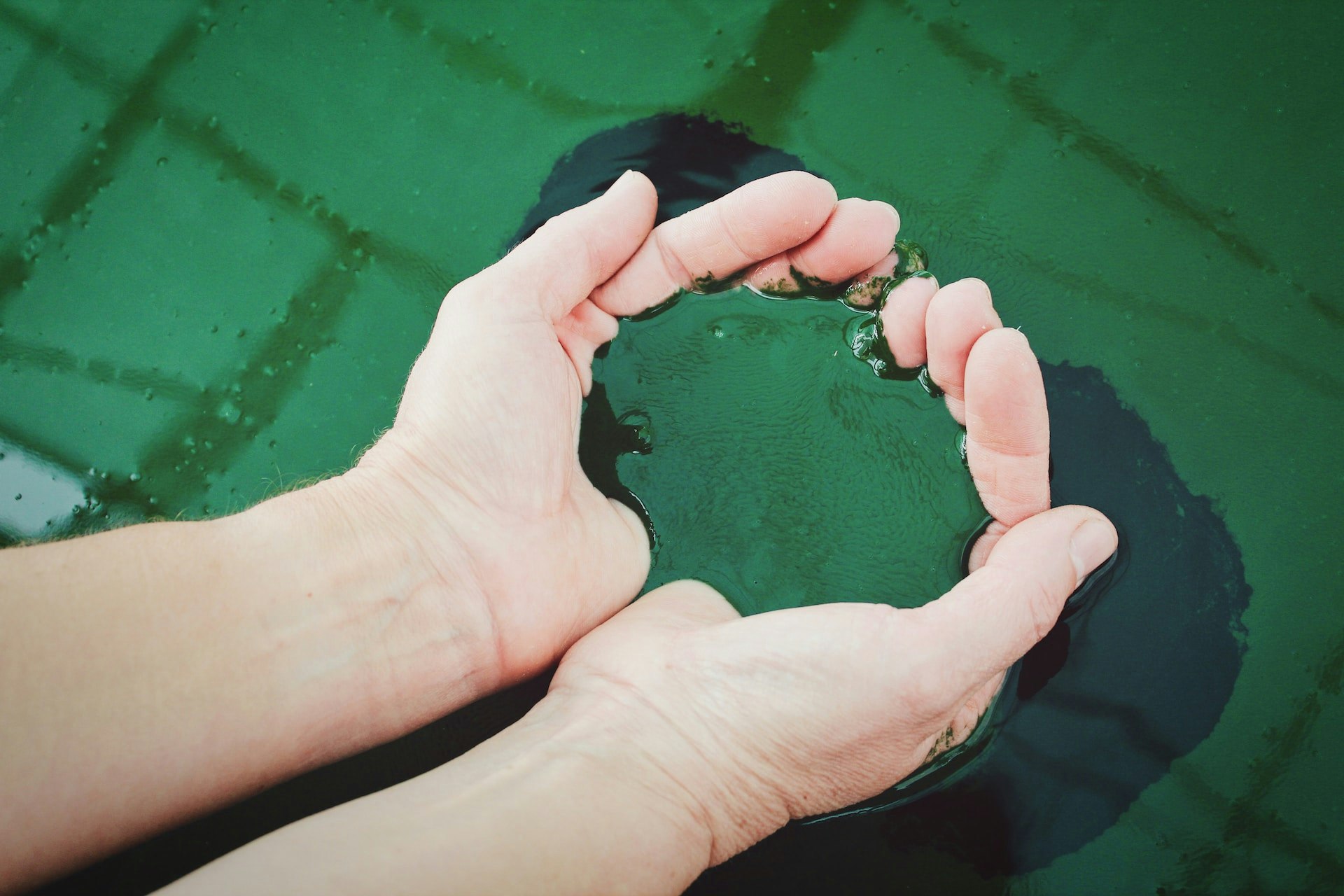Spirulina is known for it's earthy, grassy, and somewhat oceanic taste. A pungent fishy aroma or taste can be indicative of poor quality spirulina.
An ancient source of nourishment, spirulina has been recognized for its health advantages by Aztec and African civilizations. Modern scientific studies have validated these claims. As it thrives in aquatic environments, the taste profile of spirulina may require some getting used to.
How Do You Use Different Types of Spirulina?
Powdered spirulina is a versatile ingredient that can be seamlessly incorporated into a variety of foods such as smoothies, juices, and desserts to enhance their nutritional value and add vibrant hues.
There are two primary types of spirulina, each offering its own distinctive taste: green spirulina and blue spirulina. Both are derived from the same cyanobacteria known as Spirulina platensis.
The distinction in color between the two is primarily attributed to the presence of different pigments within the cells of the spirulina. True spirulina typically exhibits a blue-green shade due to a combination of pigments like chlorophyll and phycocyanin, often referred to as “Full Spectrum” or green spirulina. On the other hand, blue spirulina is commonly obtained by extracting concentrated amounts of phycocyanin pigment alone.
Both green and blue varieties are renowned for their high nutrient content and have been associated with numerous potential health benefits.
What Does Spirulina Taste Like?
When it comes to the taste of spirulina, it's worth noting that the quality of spirulina powder and the manufacturing procedures could play a significant role in both the taste, smell, and look of the product. You can read more about how the quality and taste can be affected by it's processing here.
In short, both green and blue spirulina powder should have a vibrant color and a slight scent of the ocean. Pungent and strong fishy aromas indicate poor quality.
Green spirulina, being composed solely of algae, has a flavor reminiscent of seaweeds.
However, if you desire a more subtle and neutral taste in your spirulina smoothie, consider using blue spirulina instead.
Blue spirulina powder offers a gentler saltiness that resembles the taste of the sea.
To put it in perspective, if you have ever been in an ocean or any other saline body of water and accidentally ingested some water, the resulting flavor is akin to what this product offers.
It is important to note that the taste experience of spirulina can vary from person to person. If you are interested in trying spirulina, it is recommended to start with a small amount and experiment with different recipes until you find a combination that suits your palate.
Here are several ways different to describe the taste of spirulina:
- Earthy: Spirulina has a natural, earthy undertone derived from its origin as a microalgae harvested from freshwater environments. Some individuals liken it to the taste of soil or dirt.
- Mineral-like: The flavor of spirulina may have hints of minerals, possibly due to its high nutrient content.
- Bitter: Spirulina can possess a slight bitterness, which is characteristic of many foods abundant in nutrients.
- Grassy: The taste of spirulina may remind some people of freshly cut grass or green leafy vegetables.
- Savory: Certain individuals perceive spirulina's flavor as savory, resembling seaweed or other elements found in the ocean.
Remember that personal preferences play an important role when it comes to taste perception, so it's advisable to sample and experiment with various preparations before forming your own opinion on this unique superfood ingredient.


Comment